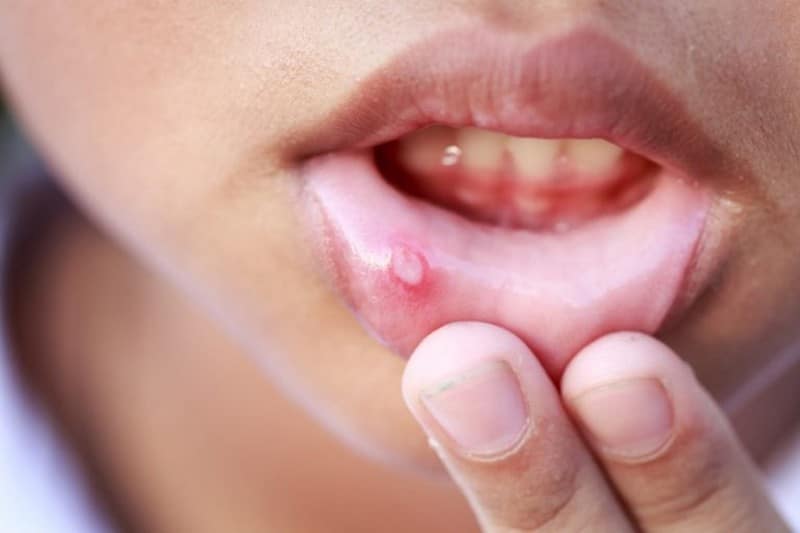Mouth Cancer

Mouth cancer, also called oral cancer, is the most frequent carcinoma in the head and neck region, affecting patients over 60. Squamous cells are typical starting points for malignancies in the mouth and form on the sensitive linings of the gum, the tongue’s tip, lips, and the soft and hard palate. Squamous cell carcinoma may sometimes manifest as a white or red area within the mouth or on the lips, forming lesions and mouth ulcers.
It’s important to distinguish a canker sore from mouth sores caused by oral cancer. Before a canker sore becomes visible, you may experience burning, stinging, or tingling. However, pain is uncommon in the first stages of oral cancer since unhealthy cellular proliferation often manifests as flat, irregular areas. A canker sore resembles an ulcer, with a central depression that can be gray, yellow, or white and a red margin along the lesion.
On the other hand, mouth cancer patients may notice a change in the texture of their skin, such as a thickening or nodularity or a chronic mouth ulcer or lesions that persists and does not heal. This is a distinct characteristic of mouth ulcers that disappear within a few weeks, even without treatment.










